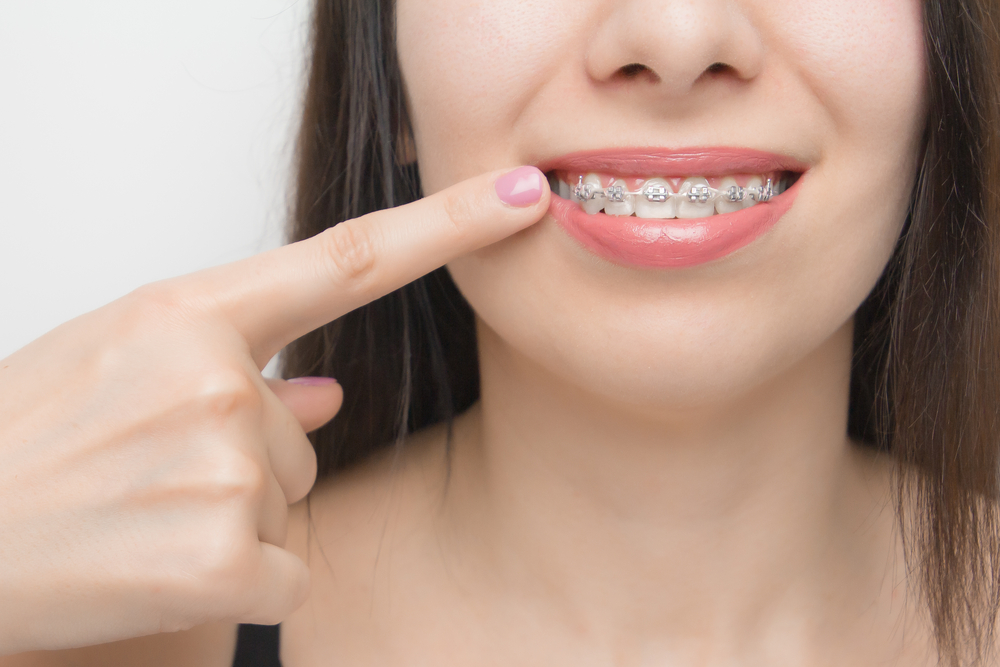
The early days of new orthodontic appliances and braces can lead to minor discomfort for most young patients. The soft tissues of your mouth can become irritated by the new appliances. Once your cheeks and gums get used to your braces, the discomfort will reduce significantly. Until you reach that point, orthodontic wax can be effectively used for immediate pain relief. These specialized dental waxes offer immediate relief until your mouth becomes accustomed to your new braces.
Read on to learn the do’s and don’ts of orthodontic wax, and how this non-toxic substance can significantly reduce any minor irritation.
What Is Orthodontic Wax Made Of?
Dental or orthodontic wax is specially designed to relieve pain caused by irritation from orthodontic appliances. Wax successfully creates a barrier to prevent further irritation while giving the mouth time to heal. The application and removal process is simple, and wax is inexpensive, making it an ideal solution.
All formulations of orthodontic wax are natural and non-toxic. Some waxes may contain a percentage of carnauba or beeswax, and some have added flavoring. Most orthodontic waxes are tasteless and are completely safe if accidentally swallowed in small quantities.
How Does It Work?
The unique properties of orthodontic wax make it ideal for protecting your gums from the sharp metal edges of braces. Orthodontic wax is solid at room temperature; however, wax can be softened and shaped to cover any sharp areas of an orthodontic appliance. When smoothed over braces, wax creates the perfect buffer between metal brackets and sensitive tissue in the mouth. Orthodontic wax stays in place for extended periods, flakes away as it breaks down, and is safe if accidentally swallowed.
How To Apply Wax For Braces
Protecting your gums and cheeks from new braces or a protruding wire is simple. Orthodontic wax is an incredibly useful tool for reducing irritation, and the application process is easy.
Step 1: Wash your hands
Step 2: Clean the tooth and bracket with a toothbrush to remove any food debris
Step 3: Pinch off a small pea-sized amount of wax
Step 4: Warm the wax between your fingers until it softens and can be rolled into a ball
Step 5: Flatten the ball of wax slightly with your fingers
Step 6: Gently push the wax over the area that is causing discomfort and irritation
The Do’s When Using Orthodontic Wax
It’s essential to continue with recommended brushing and flossing while using orthodontic wax to soothe irritation. When using wax:
- Do replace your orthodontic wax as often as needed
- Do eat soft foods and drink liquids while the wax is in place
- Do use wax to cover bothered areas overnight to give the mouth as much time to heal as possible
- Do contact your orthodontist if you’re experiencing persistent pain that is not alleviated by using wax
The Don’ts When Using Orthodontic Wax
Orthodontic wax is an incredibly useful tool. That being said, certain things should be avoided while using it, including:
- Don’t reuse pieces of wax
- Don’t leave a single piece in place for more than two days without replacing it
- Don’t keep wax in place if food gets stuck to it
- Don’t worry if you swallow wax while eating or sleeping
- Don’t attempt to fix, bend, or cut wires or brackets by yourself.
Making your transition to a better smile with braces is our top priority at Thomas Orthodontics. Call us today for additional tips on finding immediate comfort while your mouth becomes accustomed to your new braces, and how to feel as comfortable as possible throughout your entire treatment process.





